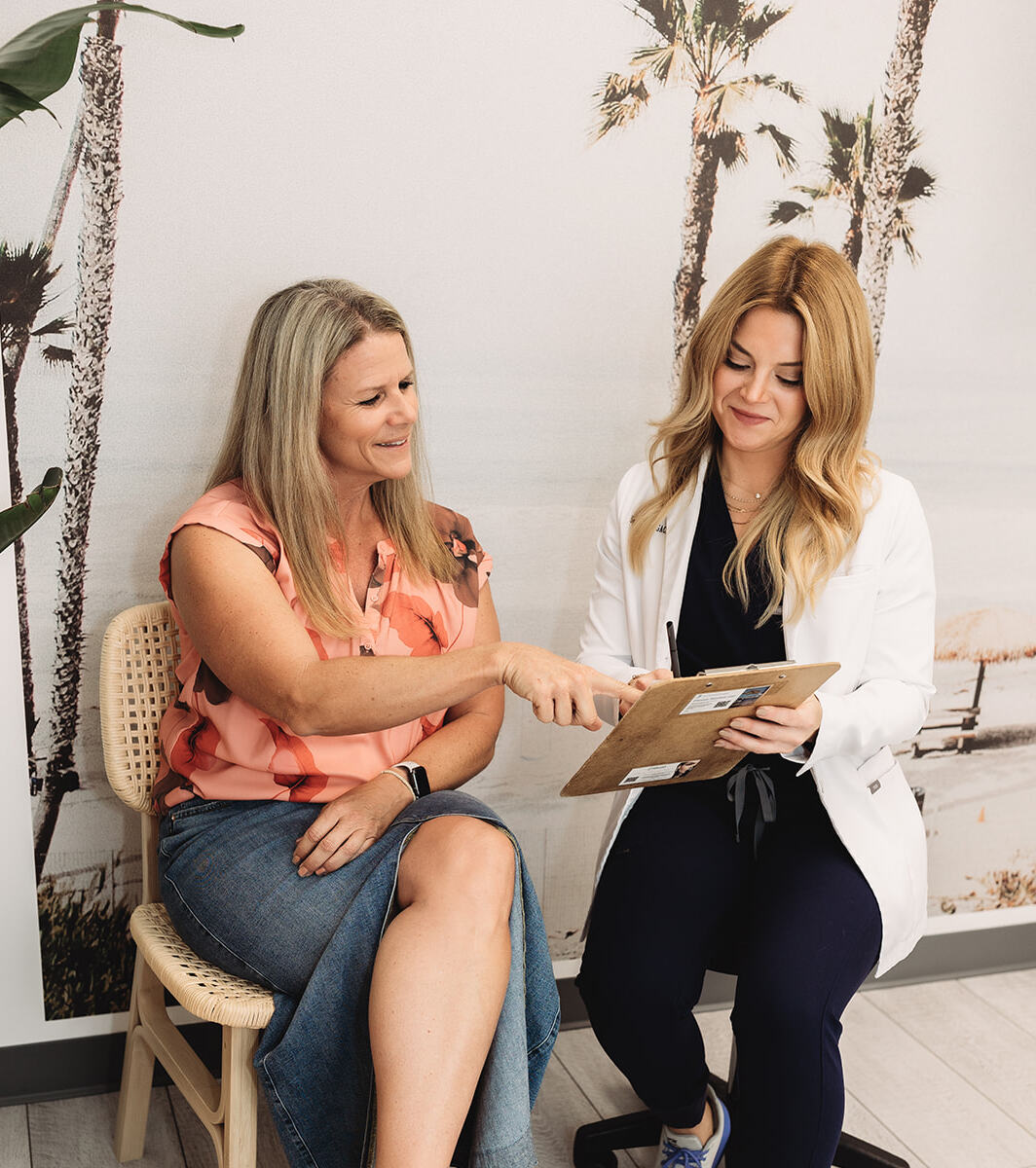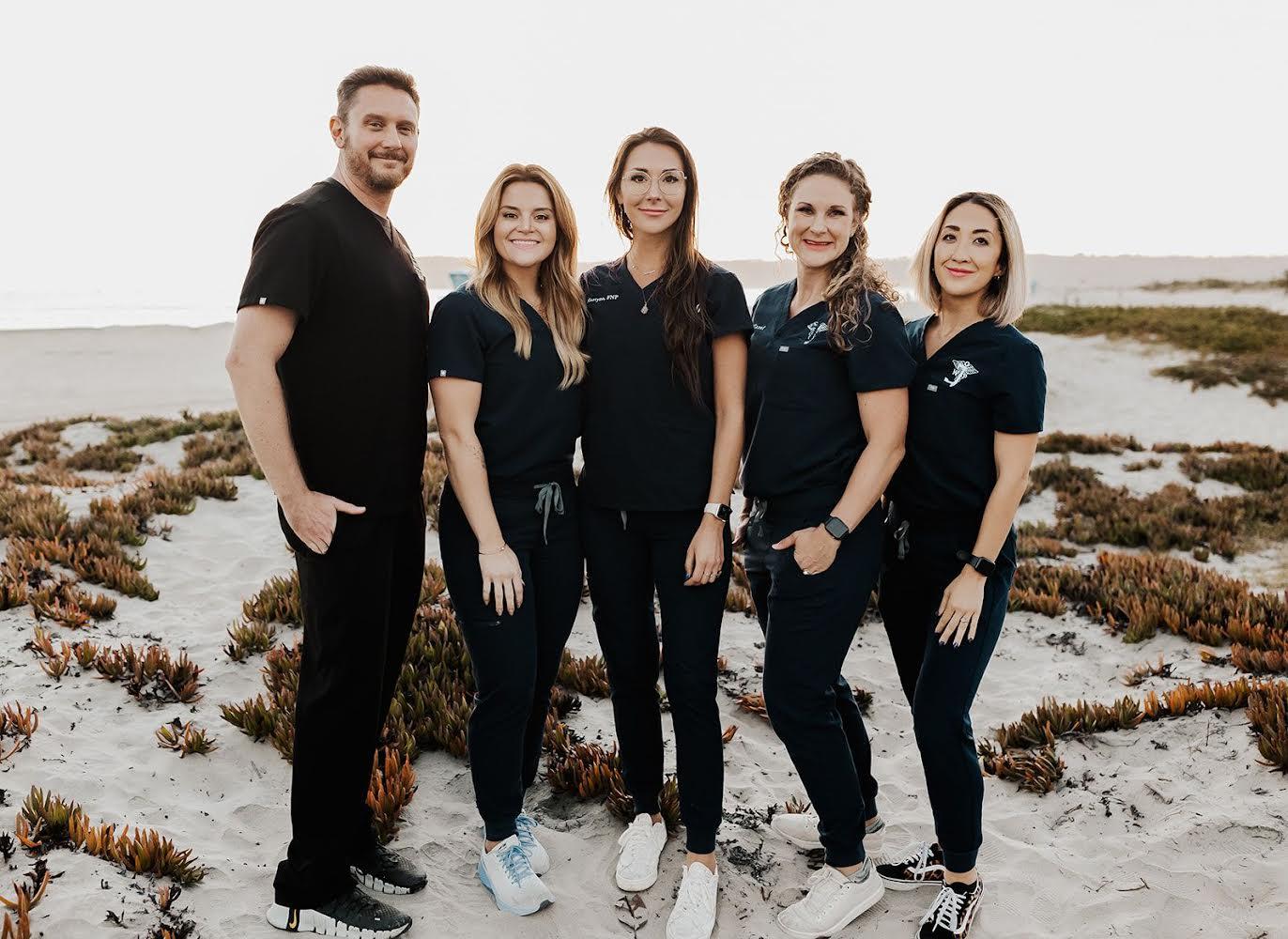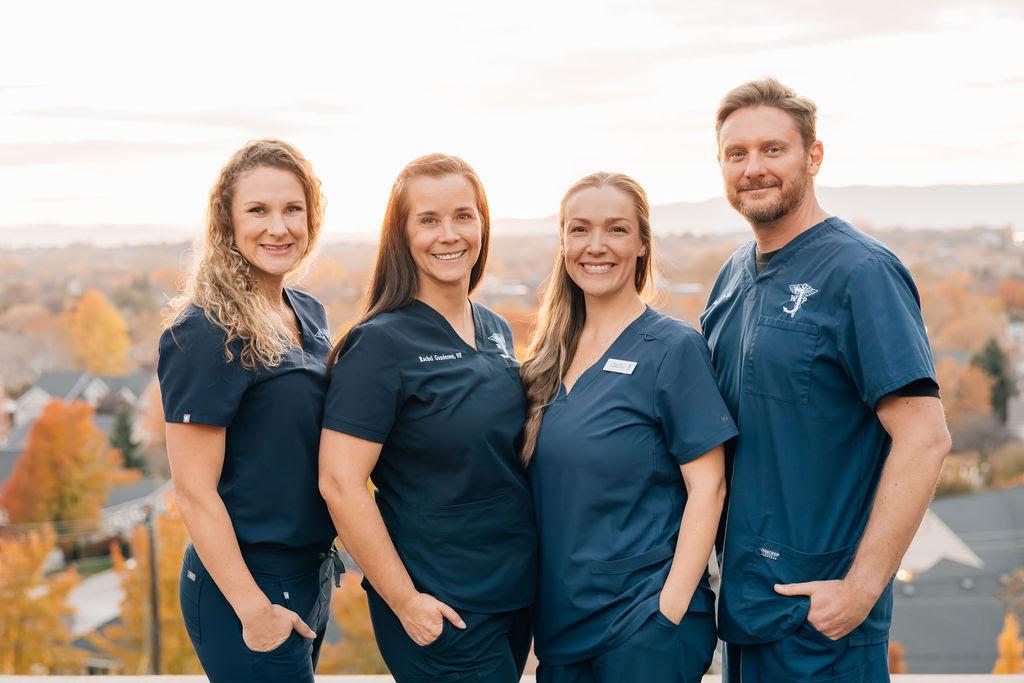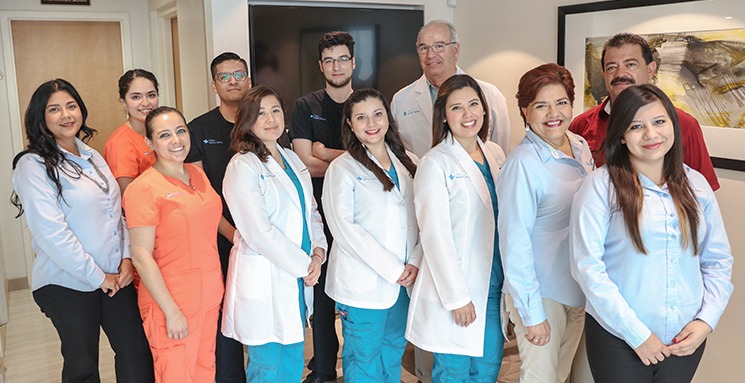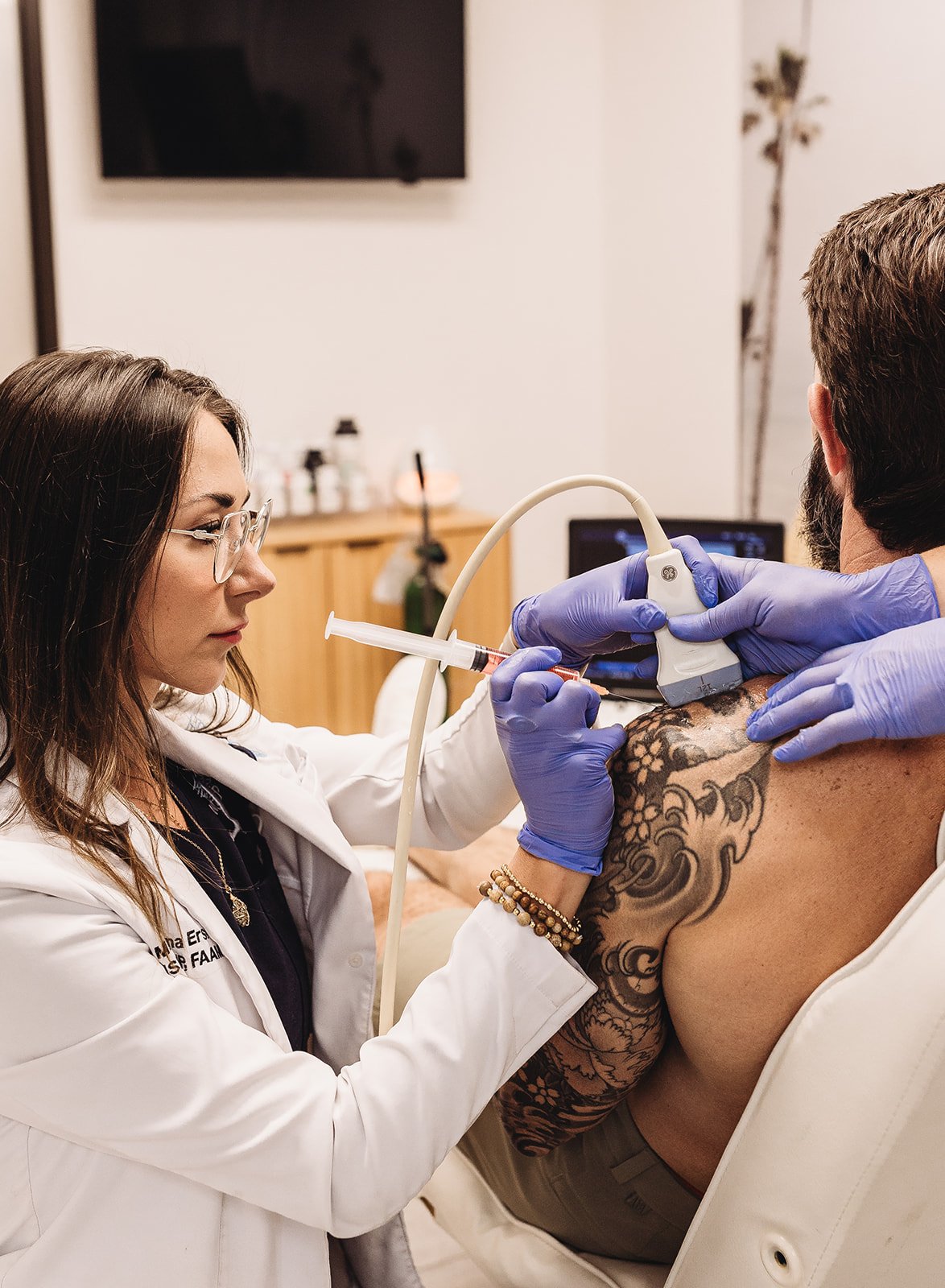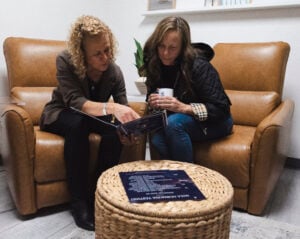By Carol Bender, NP, CEO, Founder of Joy Wellness Partners
At Joy Wellness Partners, our entire philosophy is built on the belief that the human body is already designed to heal itself. We just need to support it in the right way.
When I first learned about regenerative medicine, I was captivated by the idea that the body holds the keys to its own recovery. That’s the foundation of regenerative medicine: using what’s already inside of us—our own healing signals, cells, and messages—to bring about repair and renewal.
And the more I studied it, the more it made sense. I want to share with you what regenerative medicine is, how it works, and why I believe it’s one of the most exciting fields in healthcare today.
Healing Is Built Into the Body
Here’s the simplest way I think about regenerative medicine: imagine when you cut your hand. Your body immediately responds. Blood rushes to the area, and soon you see that yellow-golden sticky scab form. That’s platelet aggregation—your body sending growth factors and repair signals to close the wound and regrow skin.
That process—your body’s own intelligent repair system—is regenerative medicine in action.
When we’re young, our bodies are flooded with growth factors. A baby in the womb grows rapidly and perfectly thanks to the rich regenerative capacity of stem cells and signaling proteins. That’s why when a toddler gets a scrape, it heals without a scar. But as we get older, our natural healing power declines. Our platelets don’t carry as many growth factors. Our tissues take longer to bounce back. And that’s where regenerative medicine steps in: to restore the healing you once had.
Why Regenerative Medicine?
Unlike conventional medicine, which often relies on surgery or synthetic drugs, regenerative medicine works with your body. It’s not about covering symptoms—it’s about activating true healing.
At our clinic, we treat people who are in pain, have old injuries, or just feel like their bodies aren’t bouncing back the way they used to. And instead of turning first to medications or operations, we ask:
What if we could help your body do the healing itself?
The Four Main Types of Regenerative Medicine
There are four traditional types of regenerative therapies, each with a unique way of helping your body heal.
1. Prolotherapy
This is where regenerative medicine really began. Prolotherapy uses an injection—often a sugar-water solution—to gently irritate the injured tissue. That irritation triggers your body to send growth factors to the area, effectively “waking up” its healing response.
Let’s say you have an old back injury that never fully healed. After a few weeks, your body may have given up on repairing it. But by re-stimulating the area with prolotherapy, we can help your body start the healing process again.
2. Platelet-Rich Plasma (PRP)
PRP is one of the most popular and effective regenerative treatments. We draw a small amount of your blood, spin it in a centrifuge, and isolate the platelet-rich plasma—which is full of powerful growth factors.
Then, we inject that concentrated solution into the injured area—whether it’s a torn tendon, a sprained ankle, or a painful joint. These growth factors act like tiny tools—your body’s own hammer and nails—to rebuild the injured tissue.
I like to use the analogy of a broken fence. PRP brings the materials your body needs to nail the broken pieces back together and make them strong again.
3. Prolozone Therapy
This therapy combines prolotherapy with ozone, an oxygen-rich gas that helps reduce inflammation and stimulate regeneration. It’s especially helpful for minor injuries or chronic areas that haven’t healed fully but are still causing pain.
It’s gentle, effective, and gets your body back into healing mode.
4. Advanced Biologic Therapies
As we age, our platelets don’t work as well. By age 60, studies suggest that platelet growth factor levels can decrease by approximately 50% or more compared to infancy or early childhood. For example, PDGF and TGF-β levels in platelet-rich plasma (PRP) from older adults can be 30–60% lower than in younger individuals. The healing and regenerative potential of PRP diminishes with age due to this drop. This is one reason why older individuals may not respond as quickly or as strongly to PRP treatments unless it’s enhanced or augmented with advanced regenerative solutions. That’s why we also offer advanced biologic injections—solutions containing hundreds of millions of growth factors in just a tiny volume.
These therapies are ideal for more serious injuries or for people who may not respond well to PRP alone. Some of these options are offered through our international partners in Mexico, where certain advanced regenerative biologics are more widely available.
As of 2025, Joy Wellness Partners has expanded our regenerative medicine offerings beyond the traditional four types. With ongoing scientific advancements and research, we envision our menu of regenerative therapies continuing to grow. We’re not limited by convention—we’re constantly pushing the envelope of what’s possible. Our team is proud to offer customized treatment plans tailored specifically to your body’s needs.
What Conditions Can Regenerative Medicine Help?
We use regenerative treatments for a wide range of issues, including:
- Chronic joint pain
- Back pain and spinal injuries
- Torn ligaments and tendons
- Sports injuries
- Neuropathy and nerve entrapment
- Slow-healing wounds
- Scar tissue and fascia-related pain
We even treat nerve entrapments using hydrodissection, a technique that opens up scarred or stuck tissue layers so nerves can glide and function freely again.
A massage might help the pain for a while—but hydrodissection fixes the structure, giving the nerve space to move without being tethered by damaged tissue.
What Makes Our Approach Different?
At Joy Wellness Partners, we take a Total Health approach. That means we don’t just inject something and hope it works—we evaluate the whole person.
Here’s how we stand apart:
Image-Guided Injections
All our injections are done under ultrasound guidance. We want to be absolutely sure the treatment is going into the exact right tissue—down to the specific layer. That precision makes all the difference in your results.
Integrated Wellness Support
Regenerative medicine works best when your whole body is functioning optimally. That’s why we also support you with IV therapy, hormone balancing, anti-inflammatory protocols, and personalized health coaching.
Experienced Team
We’ve treated thousands of cases across every part of the body, from knees and shoulders to backs, hips, and even nerves. And we stay current with the latest regenerative innovations around the world.
It’s About Function, Not Just Imaging
One of the things I always tell my patients is: we’re not chasing a perfect MRI—we’re chasing function.
If you can walk without pain, lift your grandkids, sleep through the night, or get back to the gym—that’s success.
Regenerative medicine restores the way you live. That’s the outcome that matters.
Investing in Longevity and Quality of Life
Regenerative medicine isn’t just for injuries. It’s part of a bigger picture of aging well and living fully.
We’ve seen exciting results supporting brain health, reducing systemic inflammation, and improving outcomes for neurodegenerative conditions. When your body is supported with the right signals, it can act younger—and help you feel younger, too.
Yes, these treatments are an investment. But many of our clients see them as a way to avoid surgeries, reduce medications, and improve the quality of their years—not just the quantity.
Ready to Heal Differently?
If you’re living with pain, fatigue, or a nagging injury that hasn’t healed, regenerative medicine might be the missing piece.
Let’s explore what your body can do—when we give it the right tools.
Start by taking our Total Health Survey or scheduling a free consultation with our team. We’re here to help you reconnect with the healing power already inside you.
Let’s rebuild, restore, and renew—together.
With joy,
Carol Bender, NP, CEO, Founder of Joy Wellness Partners
CITATIONS:
Platelet count and aging | Haematologica
Proteome and functional decline as platelets age in the circulation – ScienceDirect
